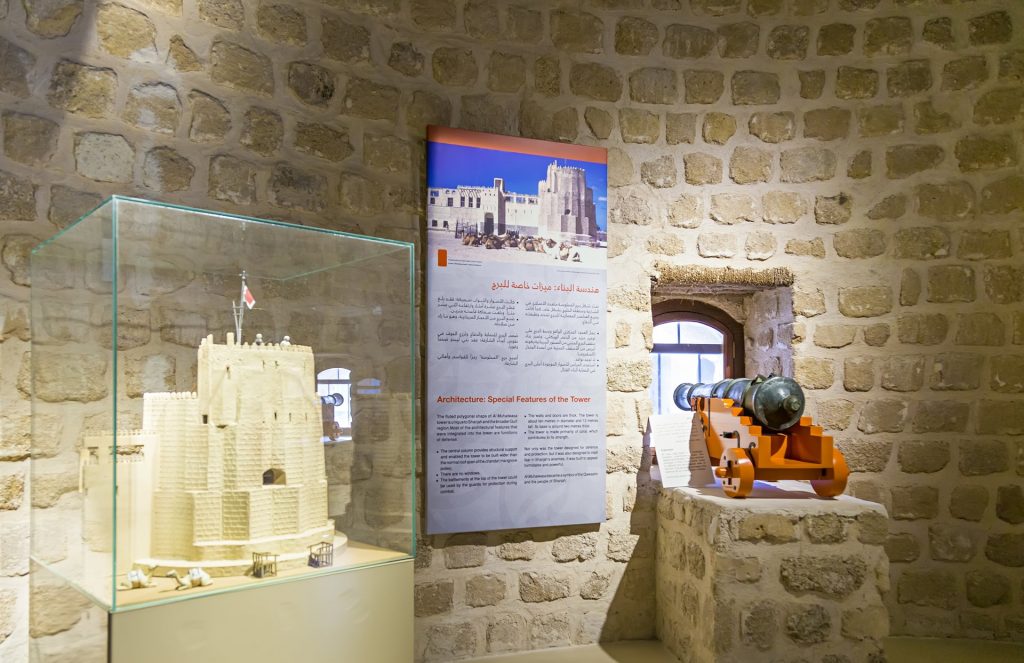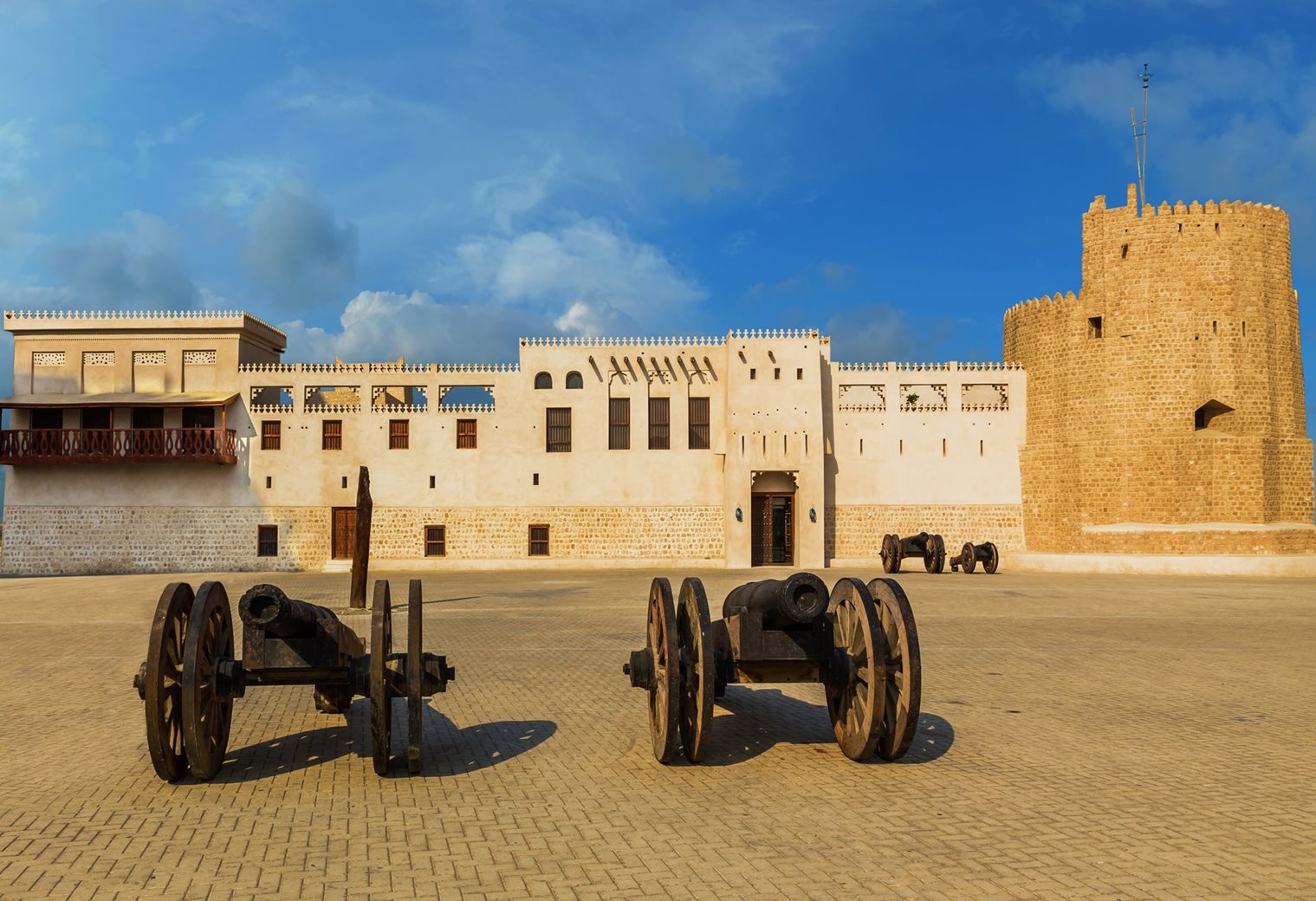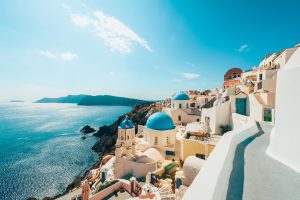Although it may not seem like it, learning the history of the place we visit/live at can be extremely interesting and fascinating and in particular, learning how one historic landmark played a role in what Sharjah has become.
Sharjah Fort, also known as Al Hisn Sharjah stands today at the Heart of Sharjah and went through an intensive process of restoration as part of Ruler of Sharjah’s vision to restore the traditional essence of Sharjah, naming it under ‘Heart of Sharjah’. The process to bring this first back to life started in January 1996 and was completed a little over a year later in April 1997.

What you will, be learning by visiting this historic landmark part is the modern history of Sharjah, about the ruling family that resided here and their roles, the history of the fort and how it was used for defensive strategies 196 years ago!
Al Hisn’s History:
What was it used for?

This elegant property was built back in 1823, to serve as Sharjah’s government headquarters as well as the ruling family, Al Qasimi’s residence.
The Fort was built for defensive purposes, mainly to protect the city and its residents. The main defensive elements included solid thick walls, high defensive walls and high watchtowers, along with many other defensive structures. The fort also served as the residence of the ruling Al Qasimi family and was the headquarters of Sharjah government.
The structure of the building:

The Fort is a square-shaped construction, featuring a spacious yard in the middle. It consists of two main floors and three towers built for defensive purposes. When first built in 1823, it was considered the largest and most important site in Sharjah.
The Fort was built out of coral stones which were collected from the deep sea waters of the Arabian Gulf; the walls were covered with a light brown plaster, and the doors were made of teak wood, while the ceilings were constructed using mangrove trunks and “Al Duun” – branches of palm trees stripped off their leaves and fibres.
The main defensive elements that were used within the construction of the building included solid thick walls, high defensive walls and high watchtowers, along with many other defensive structures.
What you can see at Sharjah Al Hisn Museum today:
When you visit the fort, you will be able to explore the rooms and the artefacts restored, have a look at the stunning collections of the hundreds of photographs from back then.

You will be able to get more in-depth knowledge on what the jurisdiction system was like in the past as well as how ‘dibs’ or date syrup was produced there.

You will also be able to view the weapons and defensive strategies that were used by the Sheikhs and their guards as well as their lives.

The Fort’s Facilities includes:
- Prayer Room
- Nursing Room, including a baby changing table
- Rest Rooms
- Gift Shop
- Wheelchair access
- Wi-Fi
- Visitors Seating Area
Opening Hours:
Saturday to Thursday: 8:00 AM – 8:00 PM & on Fridays: 4:00 PM – 8:00 PM
Entry Fees:
- Children (under 2 years): Free
- Children (2-12years): 5 AED
- Adults (13+ years): 10 AED
Have you been here before?
READ MORE:
Here’s All You Need to Know About Applying for UAE’s Juvenile Work Permit
READ MORE:
Great News: UAE Allows Residents to Return With WHO-approved Vaccines
READ MORE:
List of Movies Playing in AlJada Drive-in Cinema Next Week: Sept 12-18






